E-commerce fraud involves fraudulent activities of all sorts, from stolen credit card transactions to fake marketplace schemes that exploit both sellers and buyers.
The scope of fraud in India's digital shopping scene has reached alarming heights.
PwC's recent report found that 57% of incidents are linked to platform fraud.
Similarly, the Reserve Bank of India's annual study for FY 2023-24 noted an approximately three-fold increase in reported cases of online shopping fraud using digital payment gateways to 36,075, up from 13,564 in the previous year.
From a global perspective, consumers lost over $1 trillion globally in 2023, with Indian shoppers contributing significantly to these losses.
This blog will give you a detailed understanding of the present e-commerce fraud prevention situation, so you can protect your brand from getting caught in such scams.
Common Types of E-commerce Fraud in India
Scammers are becoming trickier, and they are finding new ways to intercept consumers’ shopping experience.
Let's take a look at 4 common types of e-commerce fraud, customers suffer the most.
Payment Fraud

Payment fraud includes credit card fraud, where criminals use stolen card information to make unauthorised purchases.
Case in point, the Surat police investigation last year uncovered that scammers procured bank accounts at Rs 8,000 to Rs 10,000 per account to facilitate the collection of their illegal gains.
These fraudsters created sophisticated networks using multiple bank accounts and payment methods.
During raids on their operations, authorities seized 98 bank kits, indicating the well-planned infrastructure required for large-scale payment fraud.
They often purchase stolen credentials from dark web marketplaces or use skimming devices to capture innocent customers’ financial information.
Such payment-related fraud triggers chargeback processes, resulting in additional fees and potential penalties from your payment processors.
Account Takeover (ATO)
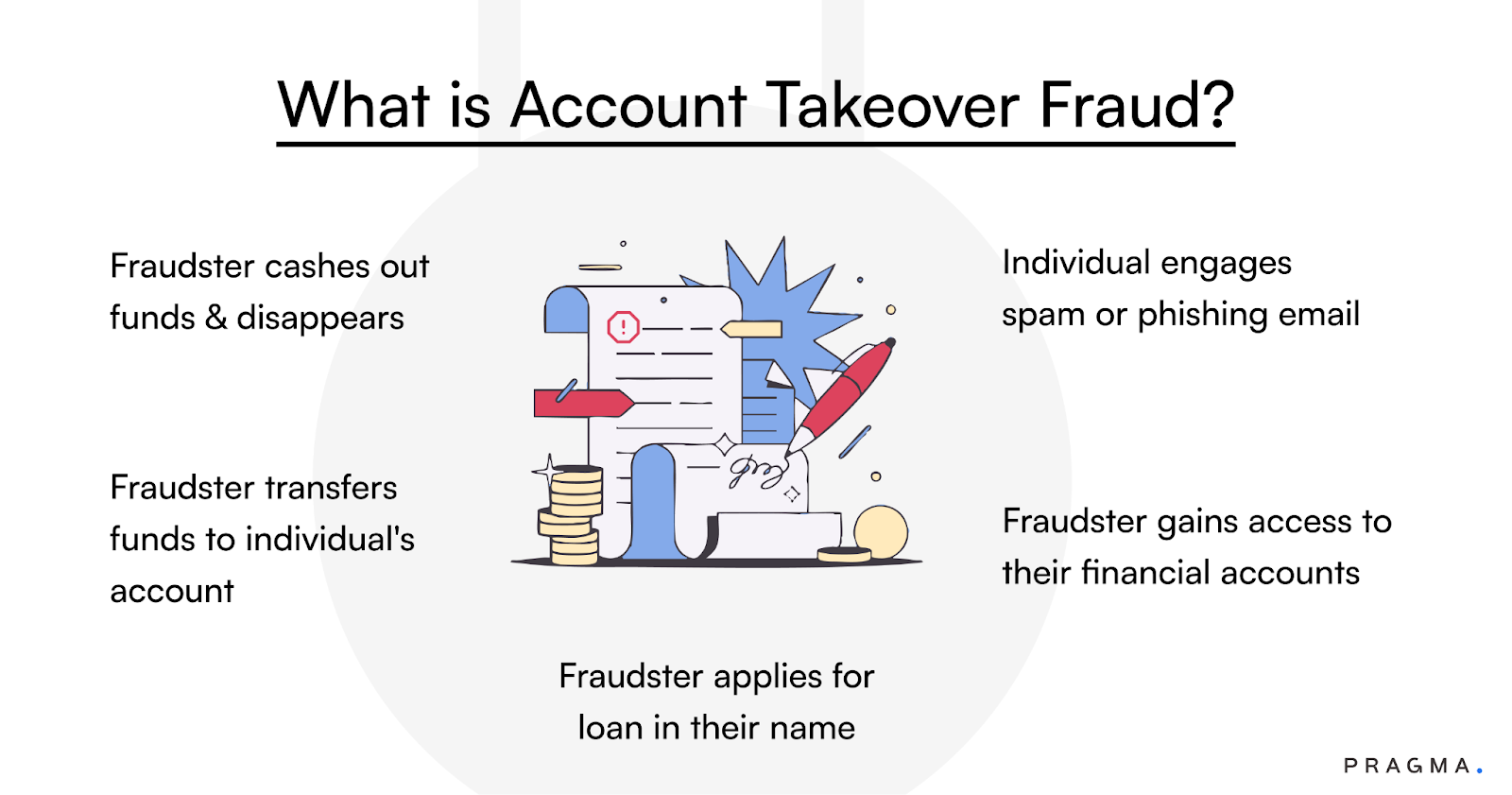
In account takeover frauds, scammers gain unauthorised access to legitimate customer accounts and use them for fraudulent purchases.
The Myntra case, for example, shows how sophisticated these attacks have become, with fraudsters placing 5,529 fraudulent orders across different Bengaluru locations using compromised accounts.
Such ATO attacks typically start with stealing user credentials through phishing campaigns, data breaches, or straight up buying login information from illegal marketplaces.
Once inside an account, scammers change shipping addresses, update payment methods, and exploit customer-friendly return policies.
The Myntra investigation revealed how they systematically targeted high-value branded items like shoes, apparel, handbags, cosmetics, watches, and jewellery.
The success of these attacks lies in their ability to mimic legitimate customer behaviour.
They often use small commercial locations like tea stalls, tailor shops, and provision stores as delivery addresses, making detection challenging for conventional security systems.
Fake QR Code Scams

The increase in QR code payments in India has opened up a new loophole for fraudsters.
The "Brushing Scam" is one such emerging threat where cheaters send unsolicited orders containing QR codes with messages like "Scan this QR code to leave a review and win a $500 gift card."
The moment customers scan these codes, it redirects them to malicious websites built specially to steal sensitive information or install malware on their devices.
In some QR code scams, criminals create fake shopping websites that display QR codes for payment, directing funds to their accounts instead of to a legitimate brand.
Case in point, recently, a businessman who lost Rs 1.28 lakh fell victim to a variation of a similar scam where fraudsters used malicious apps to gain remote access to his mobile screen.
These scams exploit the trust and convenience of using QR code payments.
The victim entered his card details and date of birth, allowing the fraudster to complete transactions without receiving OTP codes by monitoring the victim’s device in real-time.
Chargeback Fraud
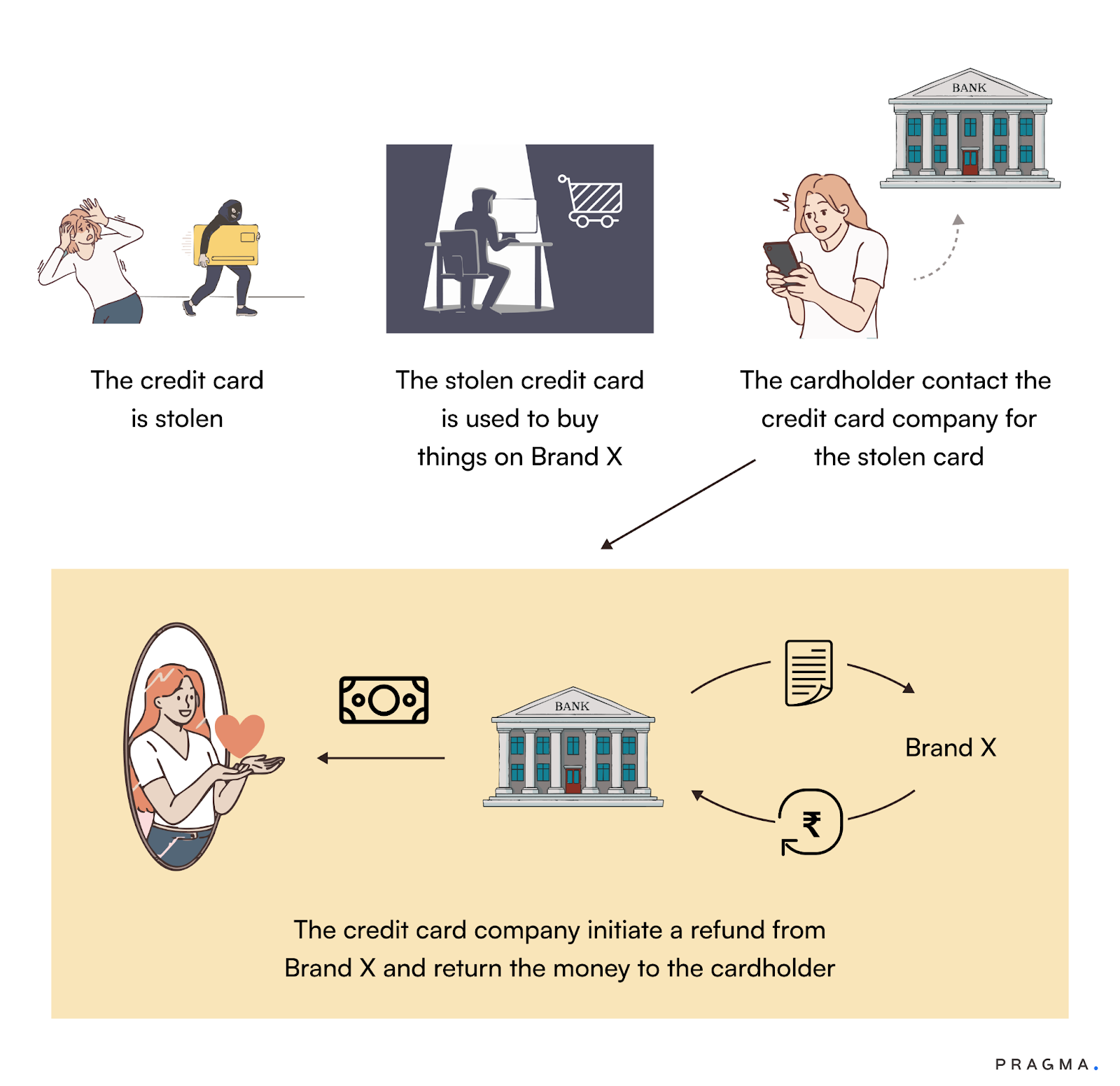
Chargeback fraud, also known as friendly fraud, involves customers placing legitimate purchases but later disputing the charges with their credit card companies.
Meesho faced a similar situation that cost significant losses from return refund fraud orchestrated by groups in Surat. This is a clear indication of how customer-friendly policies can be systematically exploited.
Look at the Myntra case where fraudsters placed bulk orders using both online and cash-on-delivery payment methods, then initiated refund requests claiming issues like product shortages or colour mismatches.
This allowed them to receive products and simultaneously recover their payments through illegal refund claims.
Chargeback scams heavily favour consumers.
Because when customers dispute charges, it's the brand’s responsibility to provide evidence that the transaction was legitimate and the product was delivered as described.
And it makes it difficult for you to maintain proper documentation for every transaction, allowing scammers to exploit these gaps.
Best Practices for Fraud Prevention
Now let's take a look at some e-commerce fraud prevention best practices you must deploy in your brand to protect customers and yourself from any fraud.
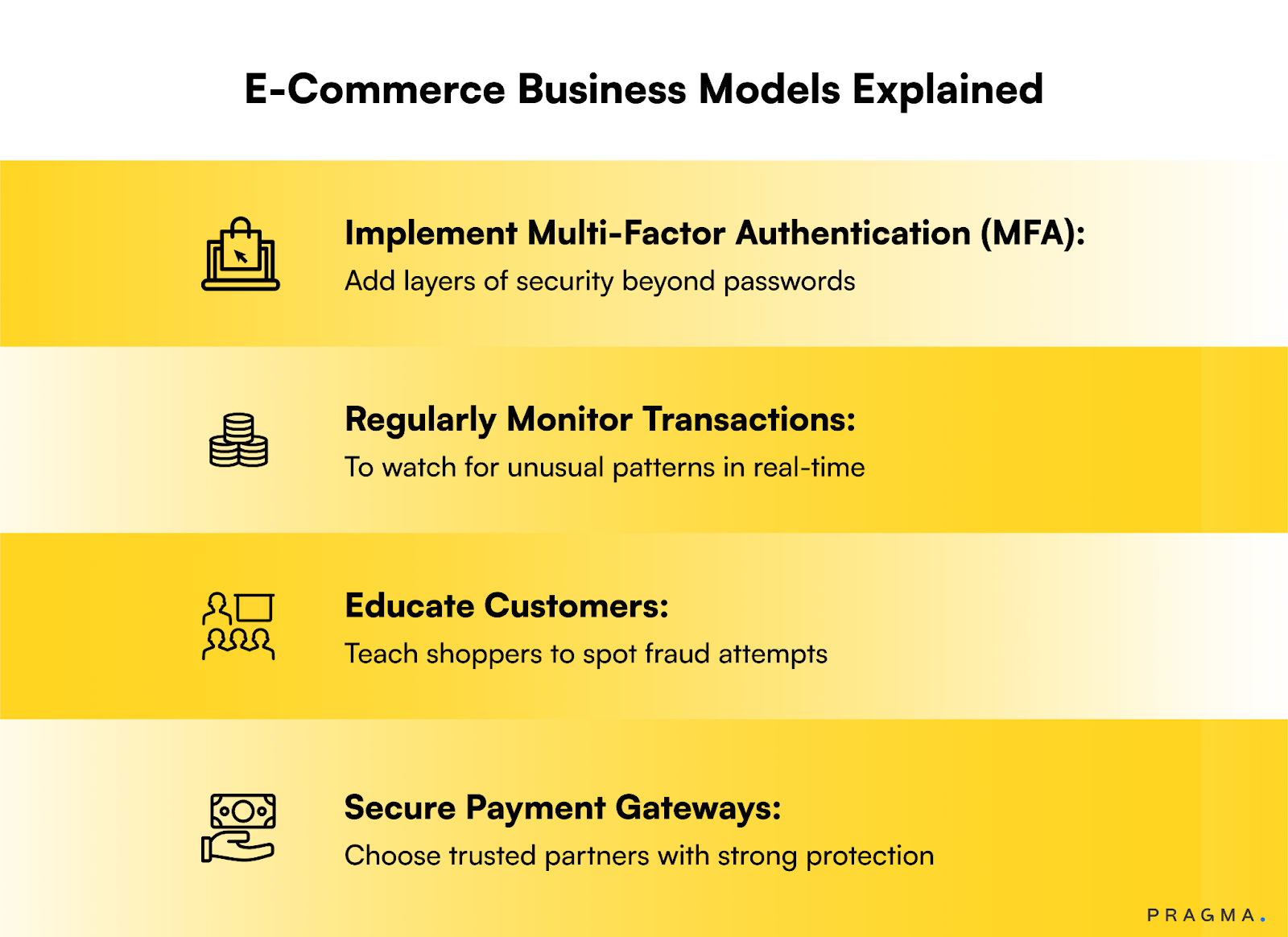
Implement Multi-Factor Authentication (MFA)
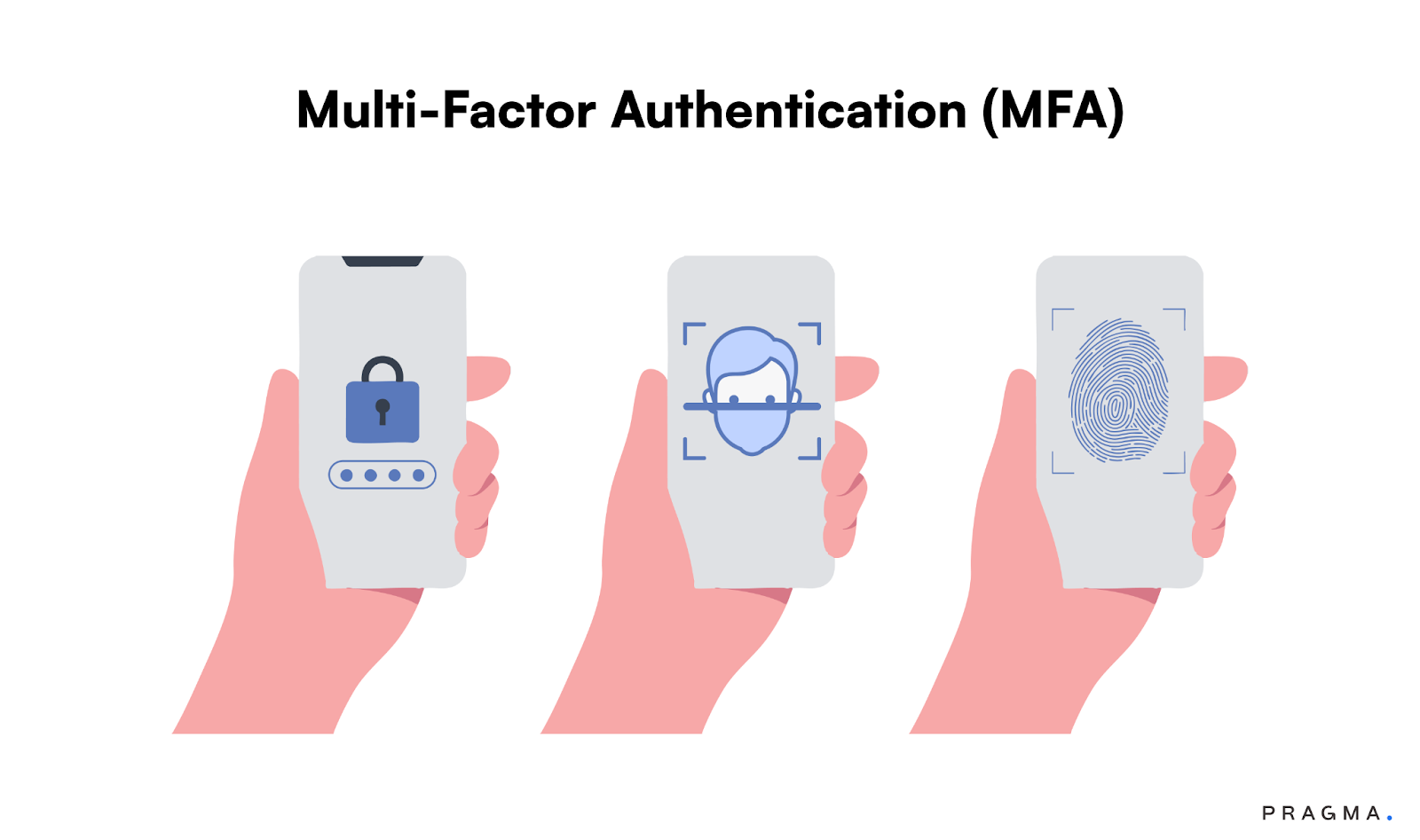
Multi-factor authentication is a fundamental safety mechanism most brands use in their overall fraud prevention strategy.
Amazon India's approach shows how implementing One-Time Password (OTP) verification ensures deliveries reach intended recipients. Especially in the case of valuable, sensitive, or high-stakes deliveries.
The right implementation of MFA is a combination of simple OTP verification with something the user knows (password), something they have (mobile device), and something they are (biometric data).
This multi-layered strategy significantly eliminates the likelihood of account takeover attempts, as scammers would need to compromise multiple authentication factors simultaneously.
Regularly Monitor Transactions
Transaction monitoring using machine learning algorithms helps analyse system-wide data to detect suspicious customer patterns and identify potential fraudulent activities before they cause any significant damage.
This allows you to identify anomalies such as unusual purchase patterns, geographic inconsistencies between billing and shipping addresses, multiple purchases using different payment methods from the same account, and rapid successive transactions in real-time, instead of finding out about the fraud after financial losses have occurred.
The Surat incident revealed that fraudsters often used multiple credit cards from a single account, such patterns can easily be detected with regular monitoring.
Educate Customers
Customer education is one of those components of ecommerce fraud prevention techniques that often gets insufficient attention.
But Amazon keeps this strategy in their core approach by sending regular emails to customers and publicly sharing insights from customer reports to help flag trends through Scam Trends alerts.
Take a look at the Hyderabad women’s case to understand why such initiatives are the need of the hour. She lost Rs 1.3 lakh to a fraudster claiming to be an Army officer.
This is a clear case of how cyber criminals exploit cultural trust and authority figures.
Secure Payment Gateways
Use secure payment systems that provide encryption protocols, tokenisation for sensitive data, and real-time fraud scoring for each customer transaction.
Carefully evaluate payment partners based on their fraud detection capabilities, compliance certifications, and track record.
Some advanced payment security also helps with behavioural analysis that examines shopper’s interaction patterns during the checkout process.
Things like typing speed, mouse movements, and form completion patterns help you distinguish between legitimate customers and possible fraud systems.
Leveraging Technology for Fraud Detection
Online shopping requires online tools and software to ensure a safe and secure shopping experience.
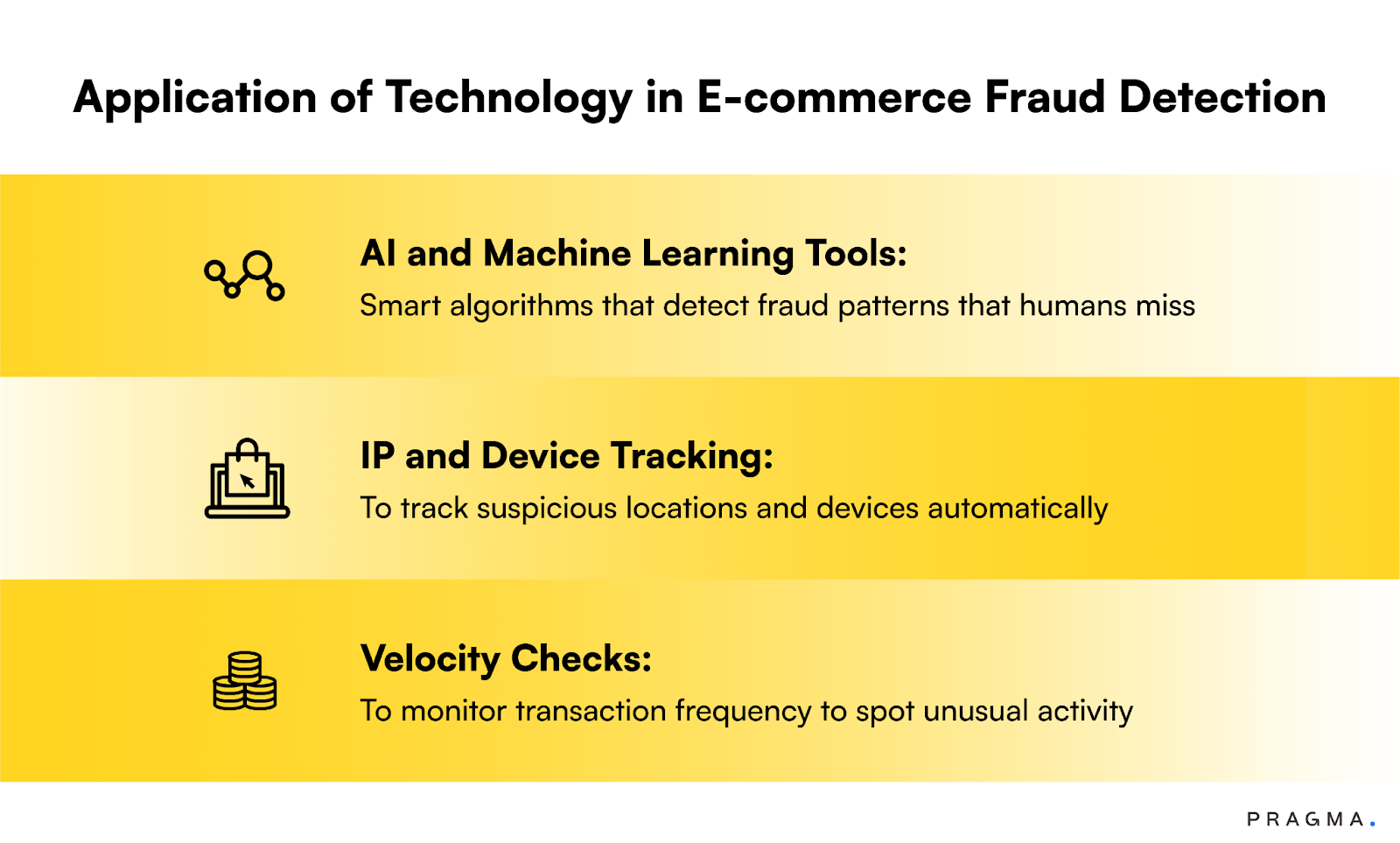
AI and Machine Learning Tools
AI-driven security platforms check emails and websites for threats targeting personal information, identifying subtle domain differences to protect shoppers from dangerous sites.
Machine learning algorithms excel at recognising patterns that traditional rule-based systems might miss. They analyse vast datasets of transaction histories, user behaviours, device characteristics, and external threat intelligence to calculate risk scores for each purchase.
By processing multiple variables simultaneously allows AI systems to detect sophisticated fraud schemes that might appear legitimate when examined through single parameters.
IP and Device Tracking
IP and device tracking make it easy to identify when transactions originate from unusual locations, previously unseen devices, or networks associated with fraudulent activities.
The Surat scammer’s actions showed planned geographic manipulation by ensuring their online offers were not visible to social media users in Gujarat, benefiting from the fact that victims from outside Gujarat would be less likely to travel for Rs 300-400 losses.
To counter such attacks, solutions use device fingerprinting that creates unique identifiers based on hardware and software characteristics, browser configurations, and user behaviour patterns.
This helps you recognise returning customers and flag suspicious devices even when fraudsters attempt to mask their identity through proxy servers or VPNs.
Velocity Checks
Velocity checks help monitor the frequency and volume of transactions from individual accounts, payment methods, or locations within specific periods.
These automated systems look at suspicious patterns such as multiple high-value purchases at the same time or unusually frequent return requests that might indicate potential fraud.
When implementing velocity checks, be sure not to neglect legitimate customer behaviour while flagging suspicious activities. Festival seasons, sale periods, and cultural shopping trends are legitimate scenarios where customers might make multiple purchases quickly.
Your system must be able to differentiate between these legitimate patterns and fraudulent activities.
Government and Industry Initiatives
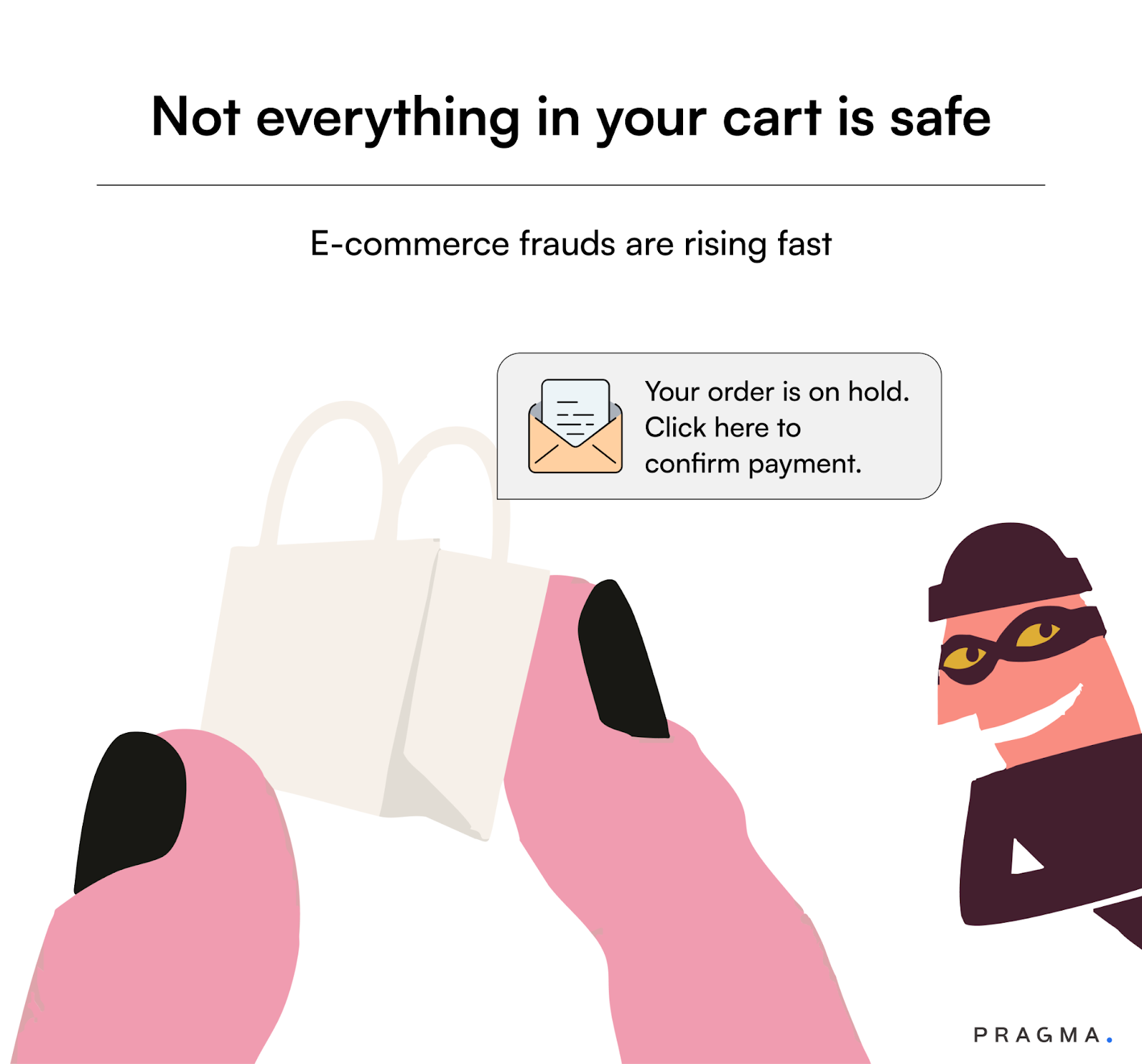
The Indian government, through the Information Technology Act, 2000, provides foundational cybersecurity requirements, with Section 43A mandating that companies handling sensitive personal data must implement reasonable security infrastructure and practices.
Failure to meet these requirements will cause liability for compensation when security breaches result in wrongful loss or gain.
The Consumer Protection Act, 2019 states consumer definitions to include online transactions and establishes provisions against fraudulent and misleading activities.
Section 94 allows the Central Government to take measures to prevent unfair trade practices in e-commerce and protect consumer interests and rights.
These regulations offer legal frameworks that support you in implementing reliable e-commerce fraud prevention techniques.
The Digital Personal Data Protection (DPDP) Act, 2023 mandates e-commerce companies to comply with data privacy standards, helping manage shopper’s information protection from data breaches and strengthening overall data security.
Industry Collaboration Benefits
Amazon's partnerships, for example, where they work along with the Central Bureau of Investigation and Microsoft in 2023, resulted in success as it led to the dismantling of over 70 fraudulent call centres in India.
Such collaborative efforts between private companies and law enforcement agencies create a strong defence network against fraud.
Tools and Solutions for Indian E-commerce Businesses
Tools help you adopt e-commerce fraud prevention strategies faster by bridging the gap between development to deployment.
Pragma: D2C Operating System for Fraud Prevention

Pragma helps you manage fraud risks by scanning 300+ parameters within 200ms of order placement to identify and flag risky orders in real-time, helping prevent RTO-related fraud by 45 to 60%.
The platform conducts behavioural analysis to identify impulse buyers, fake orders, and bot-generated purchases through in-depth analysis of clicks, traffic origin, and behavioural patterns from the moment shoppers land on your brand website.
The RTO Suite specifically addresses one of the most challenging elements of e-commerce, which is “Returns” fraud by automating order verification that stops 10 to 15% of potentially fraudulent orders from being processed.
It comes with detailed customer profiling features that cross-reference all placed orders with other e-commerce brands to check users for past RTO history, order cancellations, and other fraudulent behaviour.
Razorpay Thirdwatch: AI-Powered Fraud Detection

Razorpay Thirdwatch is a dedicated fraud prevention solution that helps merchants of all sizes detect risky users, impulse purchases, and fraudulent orders through proper transaction analysis.
It analyses hundreds of variables for every order, creating a detailed risk assessment framework that quarantines fake or fraudulent transactions by marking them as 'red' while approving genuine transactions with 'green' flags.
This saves you from double shipping costs that often deprive brands dealing with risky orders.
Cashfree Secure ID: Identity Verification and Fraud Prevention

Cashfree Payments has built Secure ID, an advanced identity verification and fraud prevention system, built on years of data across Cashfree's entire merchant network of over 8 lakh merchants.
Secure ID offers deep insights and infrastructure to prevent risk proactively. It has completed more than 1 billion identity and user verifications to date, showing its scale and reliability.
To Wrap It Up
E-commerce fraud prevention will only get more advanced and accessible, especially to up-and-coming brands that might have limited resources to spend on customer safety.
Part of the reason is that online shopping will become mainstream, as more people get access to smartphones and the internet.
It means there will also likely be an increase in fraudsters trying their best to scam innocent shoppers. So it’s on you to ensure no customers face any bad experience.

FAQs (Frequently Asked Questions On E-Commerce Fraud Prevention)
What is cybercrime in e-commerce?
Cybercrime in e-commerce involves illegal activities targeting online businesses and customers through digital platforms, including data theft, payment fraud, and identity manipulation for financial gain.
What is identity theft in e-commerce?
Identity theft in e-commerce occurs when fraudsters steal personal information like Aadhaar or PAN details to access accounts, make unauthorised purchases, or commit financial crimes.
What is a firewall in e-commerce fraud prevention?
A firewall is a network security system that monitors and controls incoming and outgoing internet traffic to protect e-commerce websites from unauthorised access and cyber attacks.
How can brands detect suspicious transactions or account activity?
By using machine learning tools to monitor unusual purchasing patterns, geographic discrepancies, multiple rapid transactions, or changes in device/IP data.
How does fraud impact e-commerce business operations?
Fraud causes direct financial losses, chargeback penalties, increased operational overhead, reputational damage, and loss of customer trust.
What role does customer education play in fraud prevention?
Regularly educating customers about new scams, safe payment practices, and warning signs can significantly reduce their risk of falling victim to fraud.
Why is monitoring for RTO and refund fraud important?
Return and refund fraud (like friendly fraud or fake order claims) inflate costs, disrupt inventory, and can be exploited by organized fraud rings if not proactively addressed.
What technology solutions can help prevent e-commerce fraud?
AI-powered fraud engines, device fingerprinting, velocity checks, secure payment gateways, and real-time behavior analytics all help detect and block fraudulent actions.
Are there legal requirements for e-commerce fraud prevention in India?
Yes. Regulations like the Information Technology Act, Consumer Protection Act, and DPDP Act mandate robust data protection, transparency, and fair practices in online business.
How can brands work with payment providers to reduce fraud?
Choose partners with built-in fraud scoring, tokenization, real-time risk analysis, and regular compliance audits to strengthen transactional security.
Talk to our experts for a customised solution that can maximise your sales funnel
Book a demo

.webp)

.png)
.png)